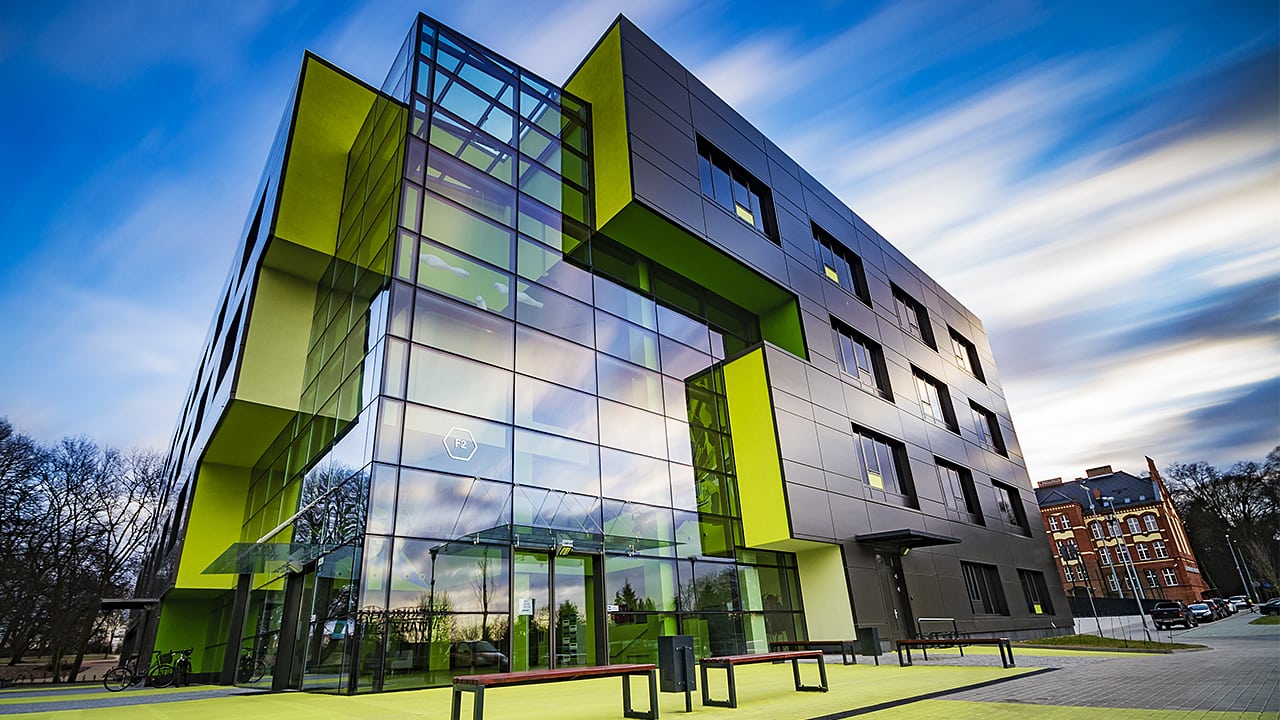Construction can be an expensive business. Whether it’s a housing development, a hospital, or a highway, the cost of designing, planning, and building a large-scale project will often run in the millions of dollars due to labour and materials alone.
With that in mind, developers are always looking to avoid unnecessary issues which can delay a project’s completion, add to its expenditure, or even jeopardize its viability. Building information modeling (BIM) helps remove some of these headaches, improving both the accuracy and cost-efficiency of the process by providing stakeholders with detailed models of how their projects will look and function in the real world. Read on to find out just why BIM is so crucial to modern design and construction.
Building Information Modeling Enables Closer Collaboration During a Project’s Design and Construction
During the design and construction phases of a project, it’s natural for there to be a lot of back and forth between architects, engineers, developers, and other stakeholders. Unforeseen problems will be encountered, plans will change, and certain aspects of the project will need to be rethought.
In addition, it’s not uncommon for an average construction project to require several Request for Information (RFI) reviews during the construction phase, detailing the project’s specifications in order to clear up issues or ambiguities. These RFIs are quite costly to carry out and put together, and can also delay construction.
Having professionals with BIM training involved in a project makes this process a lot easier. Using industry standard software like Revit, these experts can render 3D designs in cloud-based systems that can easily be accessed and amended by all key stakeholders. This enables closer collaboration and communication and helps ensure that projects stay on track.
Professionals with BIM Training Help Construction Teams Cut Down on Rework
Another huge advantage of using BIM is its accuracy. Being able to view a realistic 3D rendering of a project during the design phase helps architects and engineers to better assess both its aesthetic and functional merits.
This can dramatically reduce the amount of rework required during the construction phase, as projects are less likely to require any last-minute changes or encounter unforeseen issues. By improving the accuracy of the designs construction teams are given, you can ensure that projects will be completed on time and in line with specifications.

BIM gives construction teams more accurate plans to eliminate the need for rework
The Accuracy of Building Information Modeling Reduces Material Waste
The accuracy of BIM can also help cut down on waste during construction projects. In addition to eliminating costly rework, building information modeling also gives your team a much more precise idea of the number of materials a particular project will require.
This means your team can spend less money on fabrication, and reduce the risk of ending up with large amounts of unused materials that are both costly to project stakeholders and wasteful from an environmental standpoint.
Trained BIM Technicians Help Improve the Overall Quality of Finished Projects
Finally, perhaps the greatest benefit of BIM is the improved quality of finished projects. While 2D plans and even physical 3D models still leave a lot to the imagination, building information modeling will allow key stakeholders to visualize it much more clearly.

BIM can allow you to visualize the effects of natural light
When you study building information modeling, you will see just what a difference this can make. From identifying key structural deficiencies to maximizing the amount of natural light a building admits, BIM allows you and your team to consider every single detail of a project, resulting in a more fully realized end product that will leave you all much more satisfied.
Do you want to improve the design and construction process on a wide range of projects?
Contact Digital School to learn more about BIM technician training.

